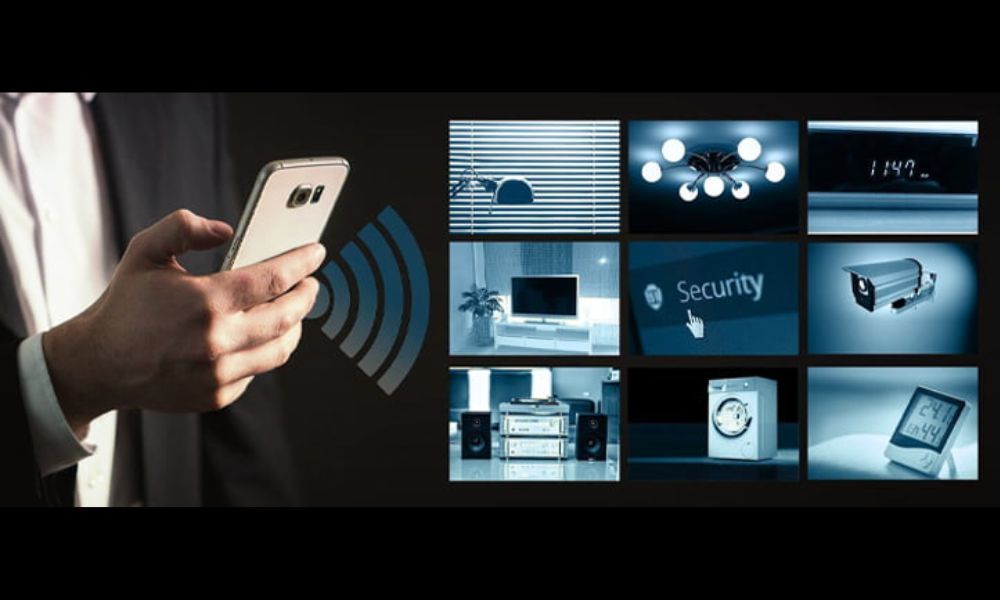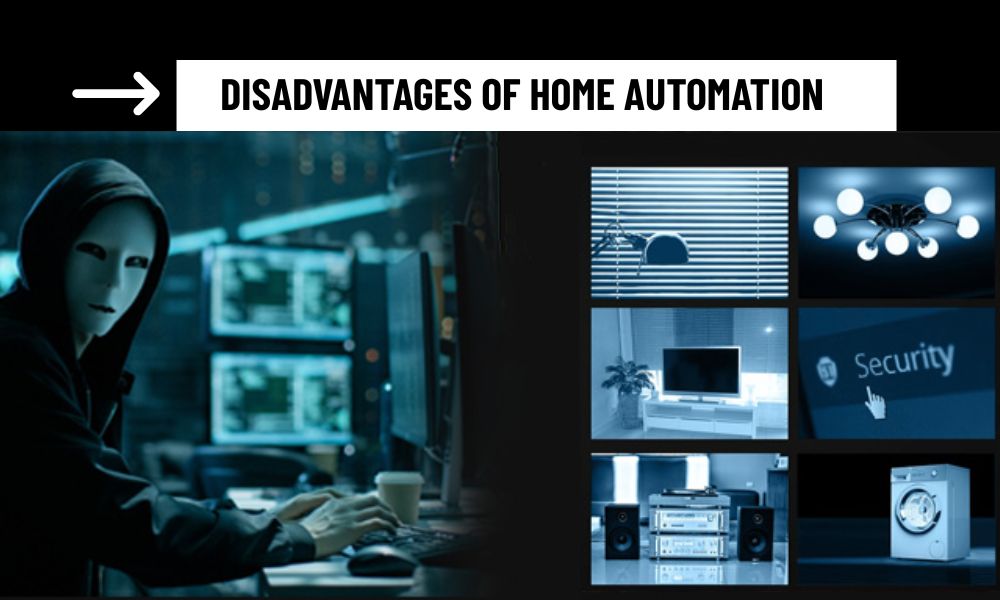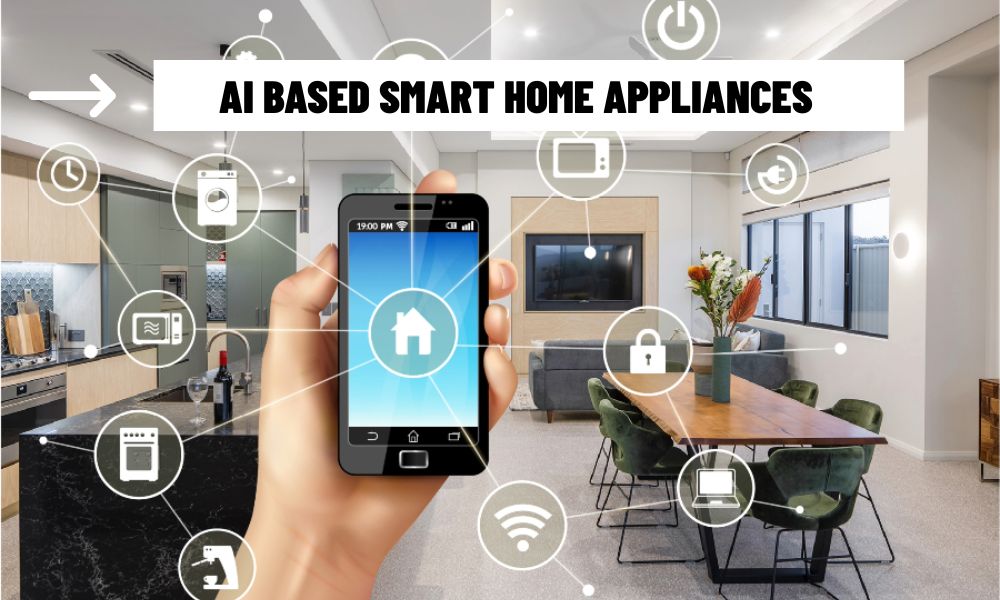Home automation has quickly moved from novelty to necessity in many households. With voice-controlled assistants, smart lighting, intelligent thermostats, and remote surveillance, the connected home promises convenience, security, and energy efficiency. However, as much as these technologies improve daily life, it’s important to understand that they’re not without drawbacks.
In this article, we’ll take a closer look at the disadvantages of home automation—from cost and complexity to privacy and reliability—so you can make a well-informed decision before fully committing to a smart home ecosystem.

Disadvantages of Home Automation
1. High Initial Costs
One of the most immediate disadvantages of home automation is the significant upfront investment. Outfitting your home with smart lights, thermostats, locks, cameras, voice assistants, and hubs can quickly become expensive.
While prices are gradually falling, high-quality devices and systems still cost more than their traditional counterparts. Additionally, the more complex your automation setup becomes, the more you may need to invest in professional installation or network upgrades.
For homeowners on a tight budget, this can be a serious barrier to entry.
2. Technical Complexity and Learning Curve
Although manufacturers aim for “plug-and-play” simplicity, the truth is that most smart home systems involve a certain degree of technical complexity. Setting up automations, managing device compatibility, configuring networks, and integrating services can be overwhelming—especially for those unfamiliar with technology.
Even tech-savvy users may face frustrations when devices lose connection, firmware updates fail, or two systems simply don’t talk to each other as expected.
One of the most overlooked disadvantages of home automation is that the convenience it promises often comes only after a considerable learning curve.
3. Dependence on Internet and Power
Most modern smart home systems rely heavily on stable internet connectivity. If your internet goes down, you may lose access to remote controls, cloud-based automations, and sometimes even local functions like camera streaming or voice commands.
Similarly, power outages can render your smart devices temporarily useless—unless they have battery backups, which are rarely standard.
This dependency on external services and infrastructure introduces a vulnerability, especially during emergencies when you most need reliability.
4. Compatibility Issues Between Brands
Despite the rise of standards like Matter, compatibility remains a challenge in home automation. Not all devices play nicely together, especially across different ecosystems such as Apple HomeKit, Google Home, Amazon Alexa, or Samsung SmartThings.
Consumers often find themselves limited by their initial choice of platform, with some devices only working within specific ecosystems or requiring complex workarounds to integrate.
One of the persistent disadvantages of home automation is the fragmentation of the market, which can lead to frustration and additional costs if you need to replace or reconfigure incompatible products.
5. Privacy and Data Security Concerns
Perhaps the most serious concern surrounding smart homes is data privacy and cybersecurity. Many devices collect data on your habits, presence, routines, and even voice recordings. This data is often stored in the cloud and managed by third-party companies.
If not properly secured, smart devices can become entry points for hackers. Incidents of unauthorized access to cameras or voice assistants have raised alarms about the vulnerabilities of connected homes.
In short, home automation increases your digital footprint, which requires vigilance, strong passwords, frequent updates, and a clear understanding of each device’s privacy policy.
6. Maintenance and Obsolescence
Technology evolves quickly, and smart devices are no exception. Firmware updates, mobile app changes, or shifts in manufacturer support can leave older devices unsupported or incompatible with your setup.
This rapid product cycle can lead to additional maintenance responsibilities, including:
- Regular software updates
- Replacing outdated hubs
- Troubleshooting compatibility after updates
Unlike traditional appliances that last decades, some smart home devices may require replacement within a few years—not due to hardware failure, but software obsolescence.
This is another subtle but important disadvantage of home automation that many users discover only after long-term use.
7. Reduced Manual Control (Sometimes)
Ironically, in automating everything, users sometimes lose the simplicity of manual overrides. For example, a smart lock may not respond during a connectivity issue, or a smart thermostat may become difficult to adjust without the app.
While many devices offer physical backup options, not all do. Over-reliance on automation can reduce your ability to act quickly or intuitively in certain situations.

A Balanced Perspective
While smart homes offer undeniable benefits—from efficiency and comfort to enhanced security—it’s essential to weigh the disadvantages of home automation before jumping in.
These systems can add value to your lifestyle, but they also introduce new risks, expenses, and responsibilities. Homeowners should approach automation with clear expectations, ongoing attention to security, and a willingness to learn.
The best smart home setup is one that fits your needs without overcomplicating your life. By understanding both the pros and cons, you can build a connected home that is not only smart—but also stable, secure, and sustainable.


